Practical Pieces and Perspectives, previously Timely Tech, is the non-paginated companion to the Illinois Journal of Law, Technology & Policy. Through Practical Pieces and Perspectives, JLTP publishes short pieces that addresses cutting-edge issues in technology and the law.

